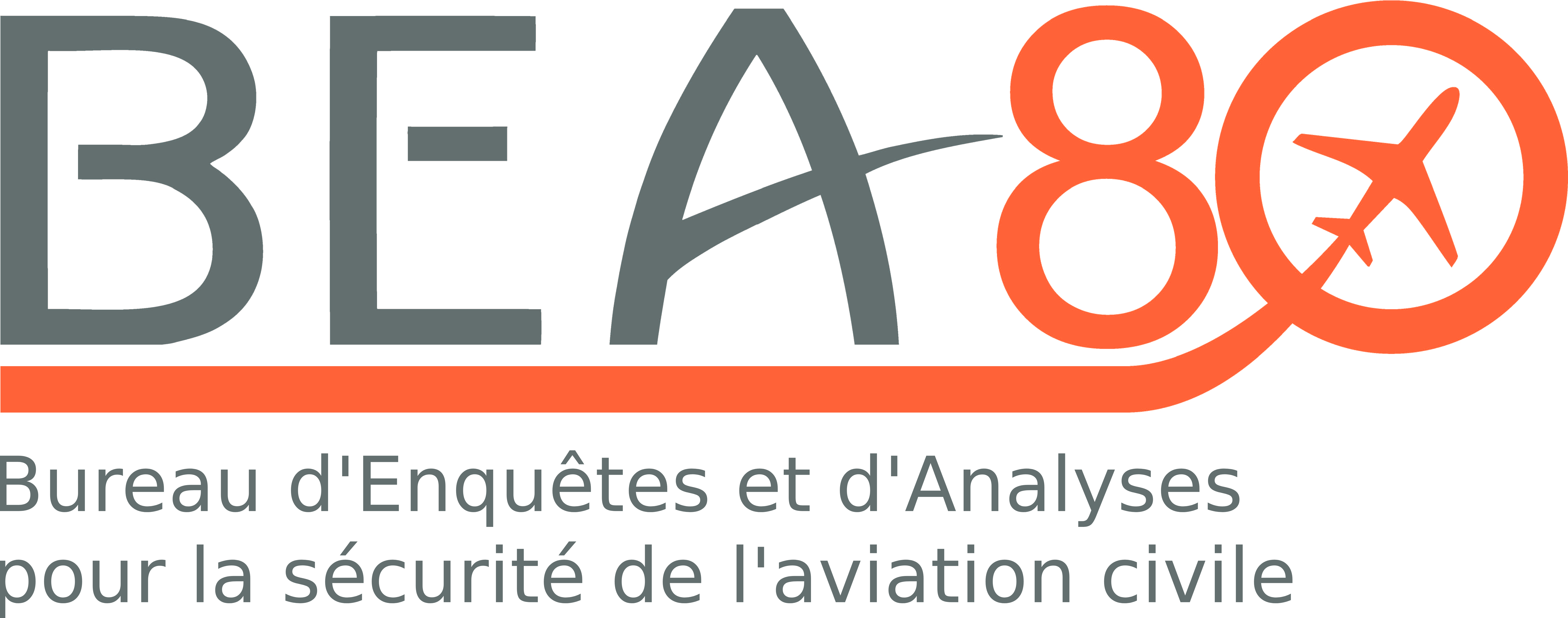Accident to the Robin DR400 registered F-BXVT on 08/09/2023 at Montpellier
Runway veer-off, obstacle strike
This is a courtesy translation by the BEA of the Final Report on the Safety Investigation. As accurate as the translation may be, the original text in French is the work of reference.
Note: the following information is principally based on the pilot’s statement. This information has not been independently validated by the BEA.
1. History of the flight
The pilot, accompanied by two passengers, took off from Montpellier-Méditerranée airport for a cross-country flight of one hour.
Returning to the departure airport, he was cleared for the approach and then for landing on runway 30L. The approach was stabilised. During the flare, the pilot made left inputs on the stick and acted on the right pedal to counter a light crosswind. When the main landing gear touched down on the runway, he returned the controls to neutral. As soon as the nose wheel touched the ground, the aeroplane deviated to the left. The pilot made left inputs on the stick and acted on the right pedal. The aeroplane continued to deviate and approached the edge of the runway. The pilot aborted the landing, took off and flew an airport circuit.
The new approach for runway 30L was stabilised. During the flare, the pilot made light left inputs on the stick and lightly acted on the right pedal to keep the path on the runway axis. When the main landing gear touched down on the runway, he returned the controls to neutral. After a few seconds, the nose wheel touched down. The aeroplane quickly veered to the left of the runway. The pilot tried to counter this by increasing his left inputs on the stick and then his right inputs on the pedals. The aeroplane veered off the runway and continued to veer to the left more sharply. The actions on the controls had no effect. The aeroplane struck the airport’s perimeter fence and came to a standstill.
The occupants evacuated the aeroplane and moved to a distance pending the arrival of the emergency services.
2. Additional information
The 75-year-old pilot held an aeroplane private pilot licence PPL(A) obtained in 1992, converted into a LAPL(A). He had logged 830 flight hours, including several hundred hours on type and two hours in the previous three months.
The pilot specified that the meteorological conditions provided by the tower controller were the following: wind from 210°, 4 to 5 kt, CAVOK.
He indicated that he had noticed that the aeroplane had a tendency to deviate to the left while taxiing. He knew that several pilots had reported runway excursions on landing, without sustaining damage, due to the aeroplane’s tendency to deviate to the left during the run. The club reported that the nose wheel locking system had been checked following these reported incidents and that it had no fault.
The pilot specified that he had always been taught to hold the nose of the aeroplane up for as long as possible when landing in order to delay the nose wheel’s contact with the ground due to the nose wheel axis being offset with respect to the gear strut which could make staying on the runway centreline difficult.
3. Lessons learned
To steer a DR400 on the ground with the nose gear, the pilot must release the wheel centring and locking system. To do this, it is generally recommended to smoothly position the stick in the forward sector so as to sufficiently compress the shock abs.
January 2024
